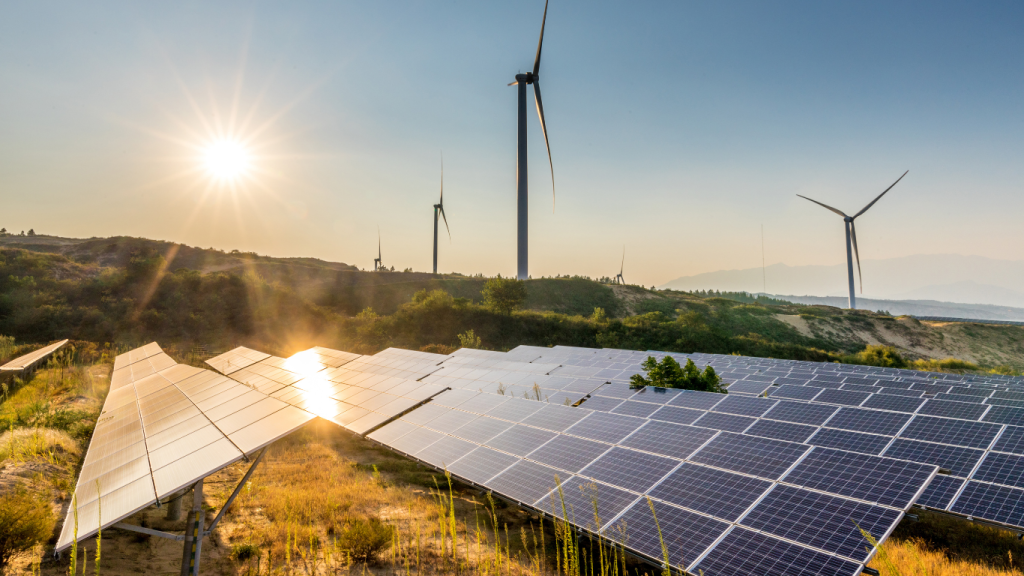By: PrimeTaskVA | April 30, 2025 | Digital Marketing

In the wake of the devastating power outage across Spain and Portugal last week, Scotland’s network of community-owned solar farms demonstrates how decentralized energy systems provide crucial resilience against cyber attacks. With over 200 local solar initiatives now powering communities across Scotland, the country is becoming Europe’s model for energy security.
The scenes from Barcelona, Madrid, and Lisbon were apocalyptic—hospitals running on emergency generators, banking systems offline, traffic lights dark, and millions without basic services. Early reports suggest a sophisticated cyber attack targeted critical infrastructure nodes in the Iberian power grid, exploiting vulnerabilities in their centralized distribution system.
“What we’re witnessing is the inherent fragility of traditional electricity networks,” explains Dr. Morag Campbell of Scotland’s Renewable Energy Security Council. “When power generation and distribution are concentrated in few critical locations, they create perfect targets for disruption.”
Scotland’s approach couldn’t be more different. Since 2023, the Solar Services Scotland initiative has systematically decentralized the nation’s power infrastructure, creating a constellation of communityowned solar installations. These local energy hubs can operate independently from the national grid when necessary.
“It’s like comparing a spider web to a single thread,” says energy security analyst Andrew MacIntosh of Edinburgh University. “Break the thread, and everything fails. But a web can sustain multiple points of damage while maintaining its integrity.”
The numbers tell the story. While Spain and Portugal scramble to restore power, Scotland’s network of
237 community solar farms and over 425,000 residential installations has achieved a 99.997% reliability
rate over the past year—even during three significant attempted cyber intrusions.
Former coal mining communities like Kirkcaldy have transformed into solar manufacturing hubs,
producing next-generation photovoltaic panels that operate efficiently even in Scotland’s cloudy
conditions. These specialized panels have outperformed expectations by generating sustainable power
even during dark Scottish winters.
The Solar Services Scotland initiative followed the Energy Resilience Act, which allocated £2.3 billion to
transform the country’s power infrastructure, prioritizing decentralized systems that could withstand both
natural disasters and human-made disruptions.
Local control has been key. In Perthshire, the Birnam Community Solar Cooperative manages a 35-
hectare solar farm powering 3,200 homes and businesses. During last winter’s fierce storms, when
conventional power lines were damaged across northern Britain, Birnam maintained continuous service
by temporarily operating as an independent energy island.
International observers are taking note. The European Union’s Energy Security Commissioner, Henrik
Larsen, recently visited Glasgow to study Scotland’s model, acknowledging they’ve “created not just a
renewable energy network, but a secure one.”
As Spain and Portugal rebuild their compromised energy infrastructure, Scottish officials have offered
technical assistance. A team of Scottish cyber security experts specializing in grid protection has already
flown to Madrid to help authorities implement more resilient systems.
“We’re not celebrating what’s happened to our friends in southern Europe,” emphasizes First Minister
Alasdair Ross. “The threats to our energy infrastructure are only increasing. The Solar Services Scotland
model proves that by thinking local while coordinating nationally, we can build systems that bend rather
than break.”
Empowering Your Brand, Elevating Your Success.
© 2025. PrimeTask Digital. All Right Reserved